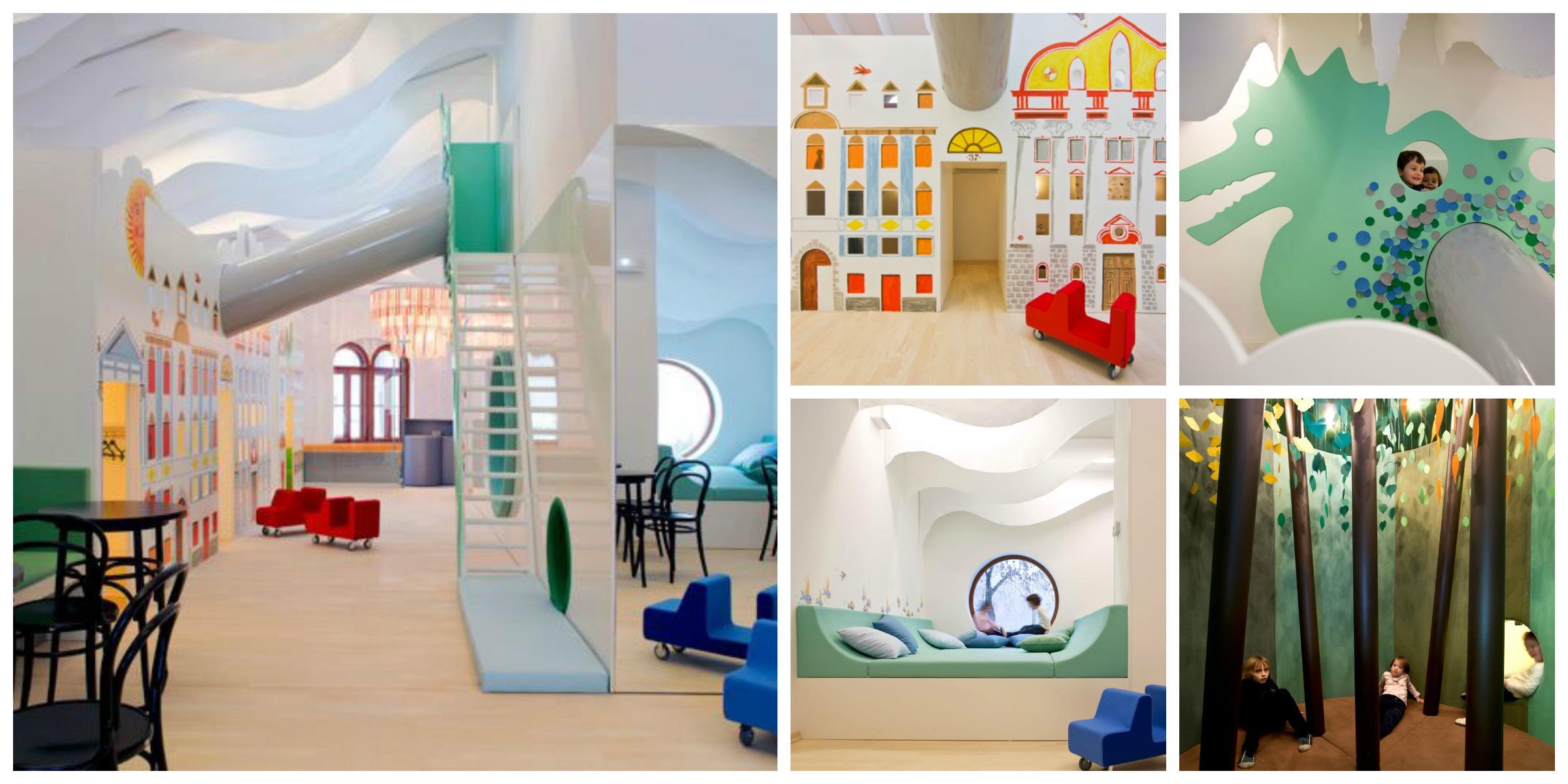Somewhere, sitting on an old-fashioned VHS video cassette, is a clip from a local television commercial promoting my hometown, New Haven, Connecticut (in the US), starring me and my father at the local Children’s Museum. This was an old fire station converted into a play center, with interactive exhibits for parents and young children. This was back in the 1980s, where I was growing up in the United States. I can’t remember why, but my father and I were invited to play while being filmed for this commercial. It was my first television appearance (not the last—I still do TV hosting a few times a year, usually for Discovery or History channels). And my parents used to love to show their friends this short clip (and show my future girlfriends—they had fun embarrassing me). I must have been about four, and I was putting various hats on my father, then dressing up as a doctor or as a fireman and sliding down a firepole or pretending to cook in a toy kitchen.
This sort of play offers a special type of interaction between parents and children and a journey into the imagination for children playing with each other. It transports children magically to a variety of different environments where their imagination can unfold. Best of all, it is entirely analog: there are no screens and no video games and no smartphones and no televisions. All that digital stuff can be wonderful, but even video games are a more mentally passive form of entertainment. The screen entertains you, and your focus is on whatever it chooses to show you. Screen-less engagement is far more stimulating for the imagination and for bonding, among children or between parents and their kids. There is nothing better than playing dress up and make believe, pretending that you are characters or heroes.
Finding a Place to Role-Play
Too often, these days, we parents feel that children are not allowed to get bored. That we must provide them with entertainment at all times and, when we cannot do so, we should plug them into a device or set them up with a movie. But a little bit of boredom forces us to use our own imagination to entertain ourselves. This is hugely beneficial and stimulating. In the right environment, with a lot of inspiring tools and toys and spaces at your disposal, it is impossible to get bored, and the imagination is stimulated in myriad ways.
This is what was so great about the children’s museum in my old hometown, and this is what is so great about two new places I’ve found in Ljubljana, where I now live: Minicity and Mala Ulica (Little Street).
I was astonished to feel that recollection of the children’s museum where I grew up when I visited both Minicity and Mala Ulica. In Minicity, I found a more streamlined, modernized, elegant version of what I remembered fondly from my youth. The play center is divided into 40 creative sections based on role-playing with children: a fire station, a kitchen, a bakery, a dairy, a radio station and so on.
Mala Ulica is a converted old bathhouse in the center of Ljubljana, and has similarly been divided into make-believe play areas with lots of tunnels, slides, “secret” doors and hiding places that are child-sized (we grownups have to do a lot of crawling, so a visit qualifies as a workout). These are two places where children and parents can spend hours immersed in their imagination, enjoying each other’s company in the most direct, memorable and beneficial way. That direct bonding time, engaged in imaginative play, is hugely valuable. Every minute spent in direct proactive interaction with your kids is a minute that is far more valuable than an hour of passive interaction that you might spend sitting together watching TV, but each in your own head space. Direct immersion in imaginative play is what bonds children with each other and bonds parents with children. And there is no better place to find such stimulation that at Minicity and Mala Ulica.

Making Make-Believe Work at Home
Your town surely has a place like this, but you do not need to go elsewhere to engage in make-believe, role-playing fun. When you embody someone else, a character, a hero, a villain, a professional, someone from a film, whatever it may be—and when you act out that role alongside your child—it’s a unique sort of play and bonding. You disappear through a portal to another dimension and synchronize your imaginations to visualize what each other see before you. That dragon you both must fight, the fire you must both extinguish, the wild stallion you must ride. It’s a similar bonding to taking a road trip with your grownup friends—travel, shared experiences. The only difference is that the travel and shared experiences are imaginary, but the bond is the same. So don’t be shy about role-playing, and the more you get into the groove, the more delighted your kids will be.


